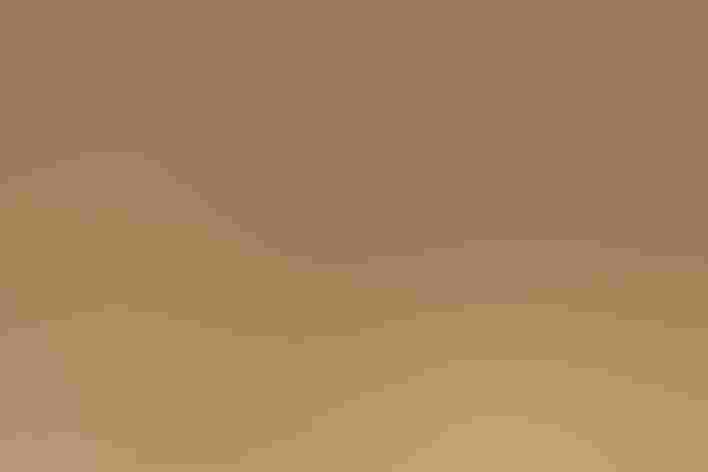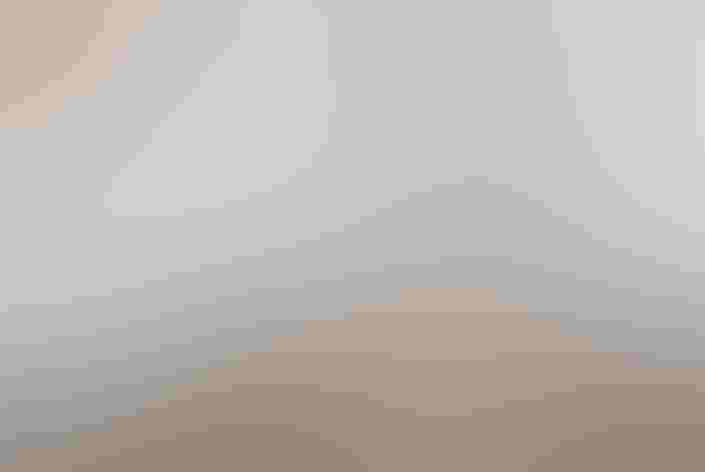Western Meadowlark
At a Glance
Remarkably similar to the Eastern Meadowlark in colors and pattern, this bird is recognized by its very different song and callnotes. The two species of meadowlarks evidently can easily recognize their own kind the same way; even where their ranges overlap in the Midwest and Southwest, they almost never interbreed. However, the two species do seem to see each other as potential rivals, and they actively defend territories against each other.
All bird guide text and rangemaps adapted from Lives of North American Birds by Kenn Kaufman© 1996, used by permission of Houghton Mifflin Harcourt Publishing Company. All rights reserved.
Category
Blackbirds and Orioles, Perching Birds
Conservation
Low Concern
Habitat
Desert and Arid Habitats, Fields, Meadows, and Grasslands, Shrublands, Savannas, and Thickets
Region
California, Eastern Canada, Florida, Great Lakes, Mid Atlantic, New England, Northwest, Plains, Rocky Mountains, Southeast, Southwest, Texas, Western Canada
Behavior
Flap/Glide, Flushes, Running
Population
100.000.000
Range & Identification
Migration & Range Maps
Migrates relatively late in fall and early in spring. Summer range and numbers may vary in drier parts of West, with numbers of breeding birds dependent on amount of spring rainfall.
Description
8 1/2-11" (22-28 cm). Black V on yellow breast (partly veiled in fall). White outer tail feathers, most obvious on takeoff and landing. Told from Eastern Meadowlark by voice, range.
Size
About the size of a Crow, About the size of a Robin
Color
Black, Brown, Tan, White, Yellow
Wing Shape
Rounded
Tail Shape
Rounded, Short, Square-tipped
Songs and Calls
Rich flute-like jumble of gurgling notes, usually descending the scale; very different from Eastern Meadowlark's series of simple, plaintive whistles.
Call Pattern
Complex, Falling, Flat
Call Type
Flute, Whistle
Habitat
Grasslands, cultivated fields and pastures, meadows, prairies. Breeds mostly in natural grasslands, abandoned weedy fields, rangeland, also sometimes on cultivated land. In the Midwest, seems to prefer shorter grass and drier fields than the sites chosen by Eastern Meadowlark. In winter, often in stubble fields and other farmland.
Sign up for Audubon's newsletter to learn more about birds like the Western Meadowlark
Behavior
Eggs
3-7, usually about 5. White, heavily spotted with brown and purple, especially at larger end. Incubation is by female, about 13-15 days.
Young
Both parents feed nestlings (but female does more). Young leave the nest after about 12 days, before they are able to fly, and are tended by parents for at least another 2 weeks. 2 broods per year.
Feeding Behavior
Forages by walking on the ground, taking insects and seeds from the ground and from low plants. Often probes in the soil with its bill. In winter, usually forages in flocks.
Diet
Mostly insects and seeds. Majority of diet consists of insects, especially in summer, when it eats many beetles, grasshoppers, crickets, caterpillars, ants, true bugs, and others; also spiders, snails, sowbugs. Seeds and waste grain make up about one-third of annual diet, and are eaten especially in fall and winter.
Nesting
Male sings to defend nesting territory. One male may have more than one mate. In courtship, male faces female, puffs out chest feathers and points bill straight up to show off black "V," spreads tail widely, and flicks wings. Nest: Placed on the ground, in areas with dense cover of grass, in a small hollow or depression in ground. Nest (built by female) is a domed structure with the entrance on the side, made of grass stems interwoven with the surrounding growth. Usually has narrow trails or "runways" leading to nest through the grass.
Climate Vulnerability
Conservation Status
Still widespread and common, but surveys indicate ongoing population declines in recent decades.
Climate Threats Facing the Western Meadowlark
Choose a temperature scenario below to see which threats will affect this species as warming increases. The same climate change-driven threats that put birds at risk will affect other wildlife and people, too.










